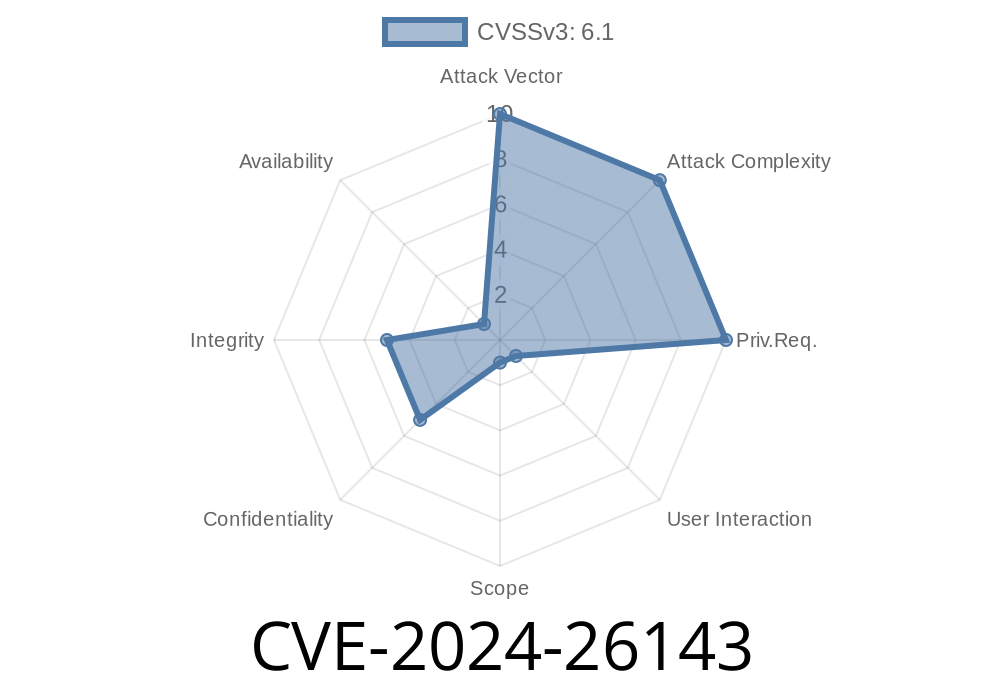If you're a Rails developer, you should be aware of a new vulnerability that has been discovered, labeled CVE-2024-26143. This security issue revolves around a potential Cross-Site Scripting (XSS) vulnerability when using specific translation helpers in Action Controller. This blog post will dive into the details of this exploit, provide a code snippet to demonstrate the issue, link to original references for those who want to explore further, and suggest actions you can take to mitigate the risk. To ensure clarity and comprehension, we have written this post using simple American English.
Problem Description
Rails is a popular web-application framework known for its simplicity and ease of use. However, in some situations, developers may inadvertently expose their applications to security vulnerabilities.
CVE-2024-26143 affects Rails applications using translation methods like translate or t on a controller, along with a key ending in "_html", and a :default key that contains untrusted user input. If the resulting string from such a call is used in a view, it may lead to an XSS vulnerability.
For a better understanding, let's take a look at a code snippet that highlights the problem
# In your controller
def show
@welcome_message = t("welcome_html", default: "<b>Welcome, #{@user.username}</b>")
end
# In your view
<%= @welcome_message.html_safe %>
In this example, the @user.username contains untrusted user input, which makes the application vulnerable to XSS attacks. An attacker could inject malicious JavaScript code into the username which would then be executed when the view renders the welcome message.
Official References
The Rails team has addressed this vulnerability and released patches for Rails versions 7.1.3.1 and 7..8.1. They have also published the official security advisory for this issue, which can be found here:
- Rails Security Advisory
Exploit Details
In a successful exploit, an attacker takes advantage of the Rails application's trust in the default translation keys by injecting malicious code into user input. The attacker could use this exploit to perform various malicious activities, including stealing sensitive user information, redirecting users to malicious websites, or even taking control of the victim's browser session.
Upgrade your Rails version to 7.1.3.1 or 7..8.1.
2. If you're unable to upgrade, review your application code and avoid using the "_html" translation keys with untrusted user input.
3. Ensure that you're using Rails' built-in sanitization helpers (e.g., sanitize, strip_tags) when handling user input to prevent XSS attacks.
In conclusion, it's essential to keep your Rails applications up-to-date and continuously review your code to follow best practices for security. If you suspect any other vulnerabilities in your applications, consult the official Rails guides or consider involving security experts to help you review and fix your code. In the end, ensuring the security and integrity of your application is just as important as developing great features for your users.
Timeline
Published on: 02/27/2024 16:15:46 UTC
Last modified on: 02/29/2024 01:44:18 UTC
